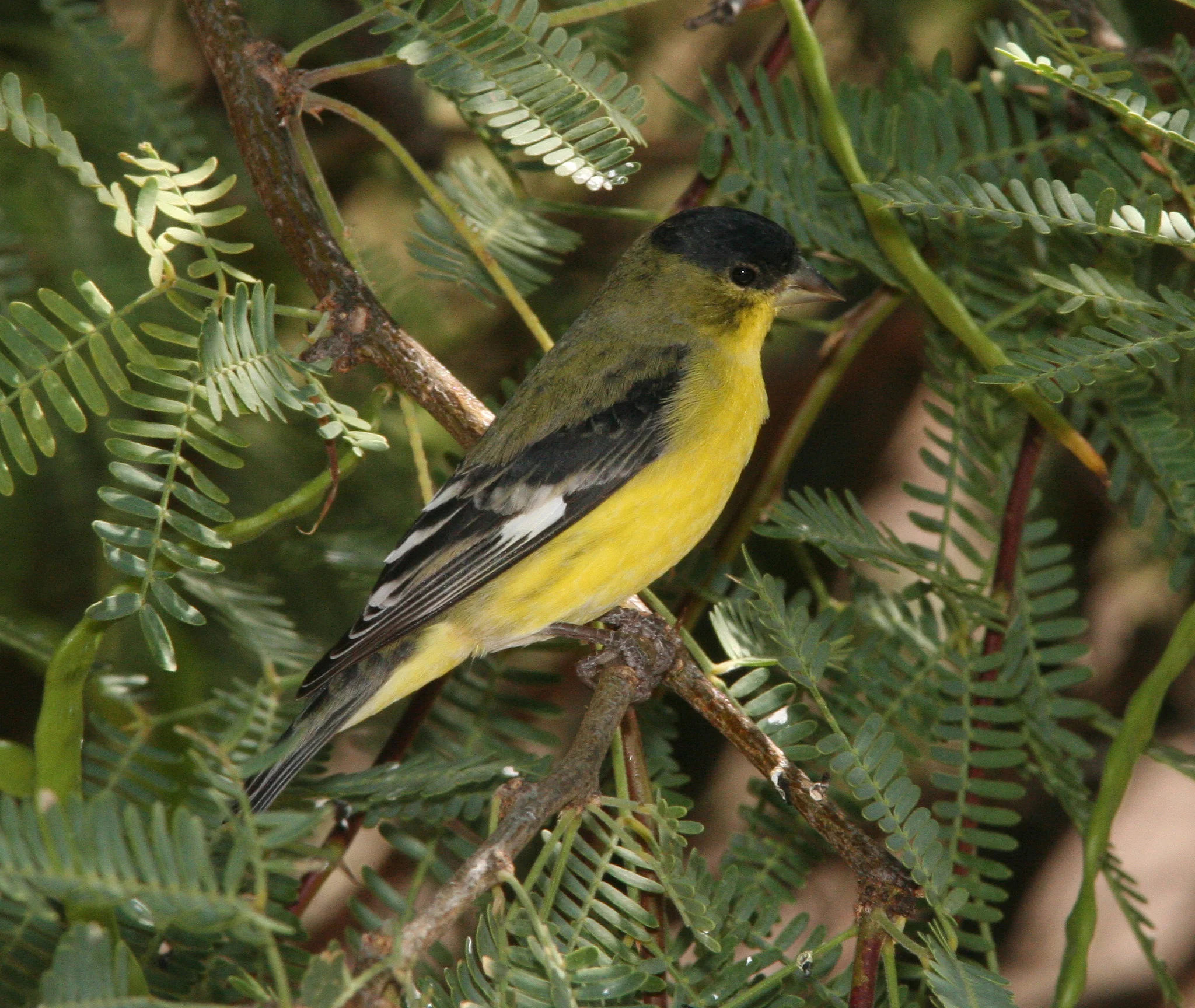Texas is a paradise for American birders, as the state features a wealth of bird diversity and many species that cannot be found elsewhere in the United States. However, it is average in terms of the species of finches that it hosts. Although 13 different types of finches in Texas have been observed, only 7 Texas finches are regularly observed here.
Those interested in learning about the finches of Texas have come to the right place. I will elaborate on where birders can see finch birds in Texas while also talking about how to differentiate them from one another. Let’s learn about the different Texas finch species.
Table of Contents
Types Of Finches In Texas
American Goldfinch
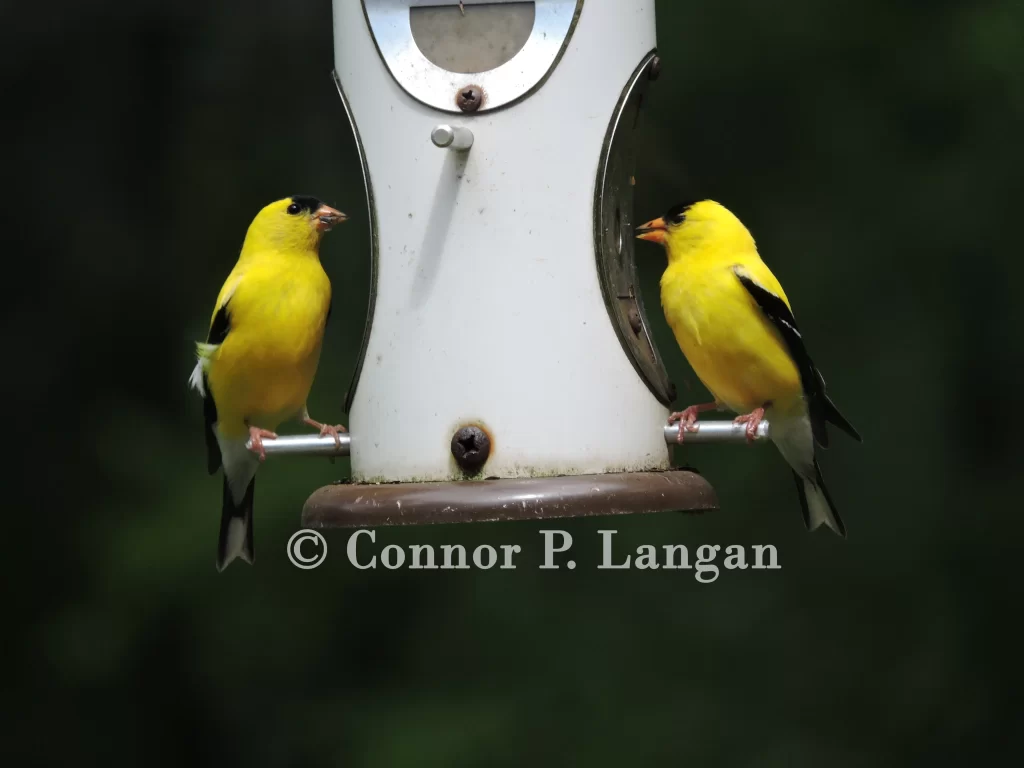
American Goldfinches are the third-most numerous finches in Texas, with more than 235,000 reports submitted to the state as per eBird data. Indeed, these yellow Texas finches are a common sight in the Lone Star State. Here, they readily visit backyards to dine on seeds that may be offered at bird feeders.
American Goldfinches frequent semi-open habitats. Therefore, look for them in parks, riparian corridors, and other open areas with tracts of trees. American Goldfinches do not like dense woodlands, so they won’t be found in the swamps of East Texas.
American Goldfinches in Texas are progressively less common as one travels further west in the state. Indeed, American Goldfinches are regular but uncommon west of San Angelo. Nonetheless, Texans should have little trouble finding one of these common finches in Texas.
Cassin’s Finch
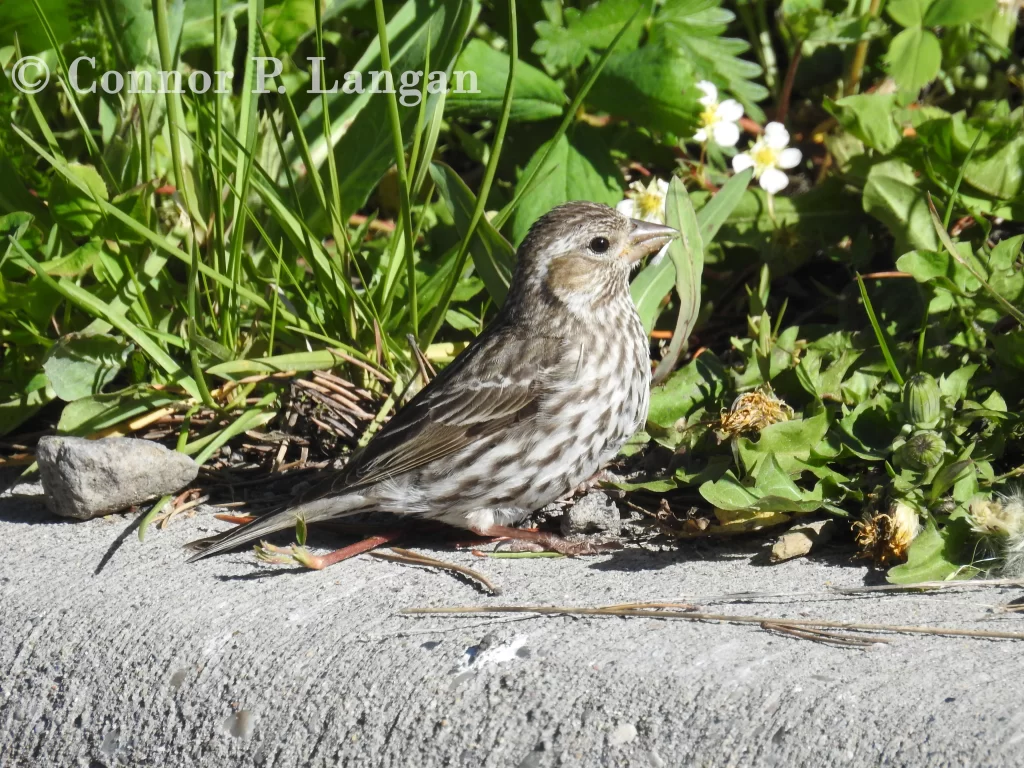
Cassin’s Finches are rare in most of Texas, however, they are expected along the western border of the state. There have only been about 1,800 reports of Cassin’s Finches in Texas as per eBird data. The best places to find this Texas finch bird include the Davis Mountains, Big Bend National Park, and Guadalupe Mountains National Park.
Cassin’s Finches do not breed in western Texas, although they breed about 50 miles to the north in New Mexico. However, they travel to Western Texas during the winter and depart by the end of May. Cassin’s Finches frequent large coniferous forests, but these ecosystems are scarce in Texas. Luckily, some of the mountain ranges that they occupy in the state have sufficient conifers for them to thrive.
Don’t expect to view a Cassin’s Finch in eastern Texas, as the furthest east report came from Bastrop, Texas. Those who think they observed this species in the eastern part of the state likely saw either a House Finch or Purple Finch, as both as common East Texas finches.
House Finch
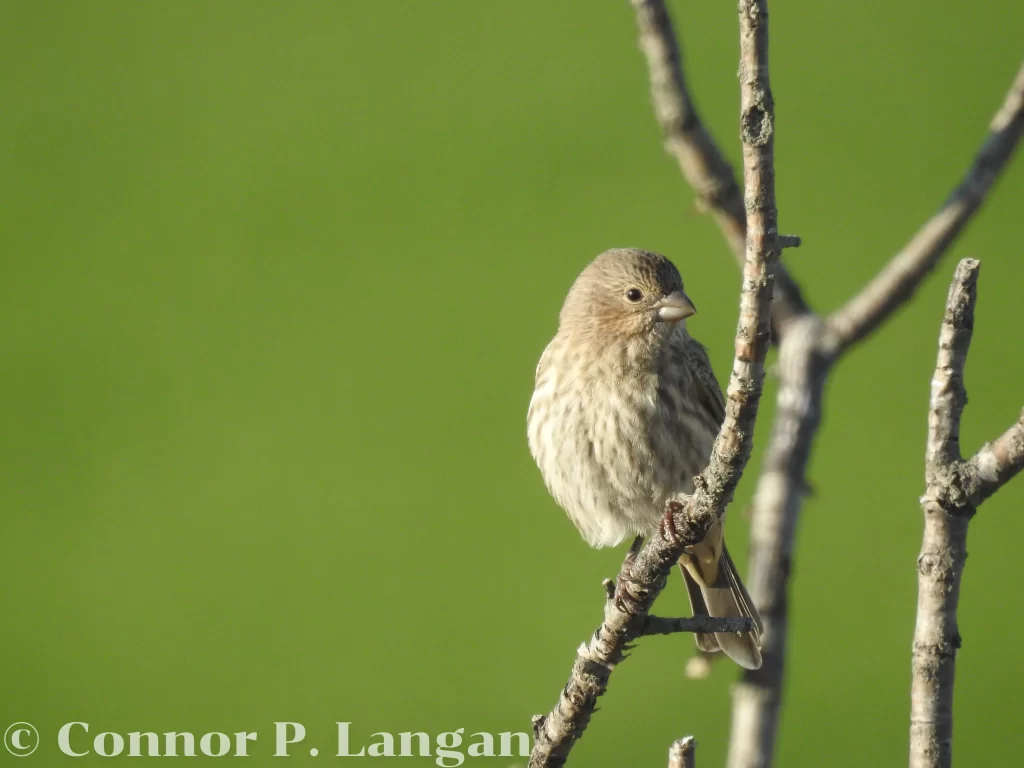
House Finches are by far the most common finches of Texas, as more than 515,000 have been observed as per eBird data. The Texas House Finch owes its tremendous success to its versatility, as they’re able to occupy a diverse array of habitats. This adaptability allowed them to colonize much of eastern North America. However, they’re considered to be native to the entire state of Texas.
These red finches in Texas can be found in the entire state throughout the year. Although males are distinct with their red chests, females are more subtle and similar to several other species. For instance, House Sparrows and House Finches can be very similar in appearance. Moreover, Purple Finches and Cassin’s Finches look similar to House Finches, so take your time when identifying these songbirds in Texas.
Watch for House Finches in urban neighborhoods, arid foothills, parks, lakes, and many other habitats. They are social birds, and they often travel in groups. Birders can easily attract a Texas House Finch to their yard by placing bird feeders around their property.
Lesser Goldfinch
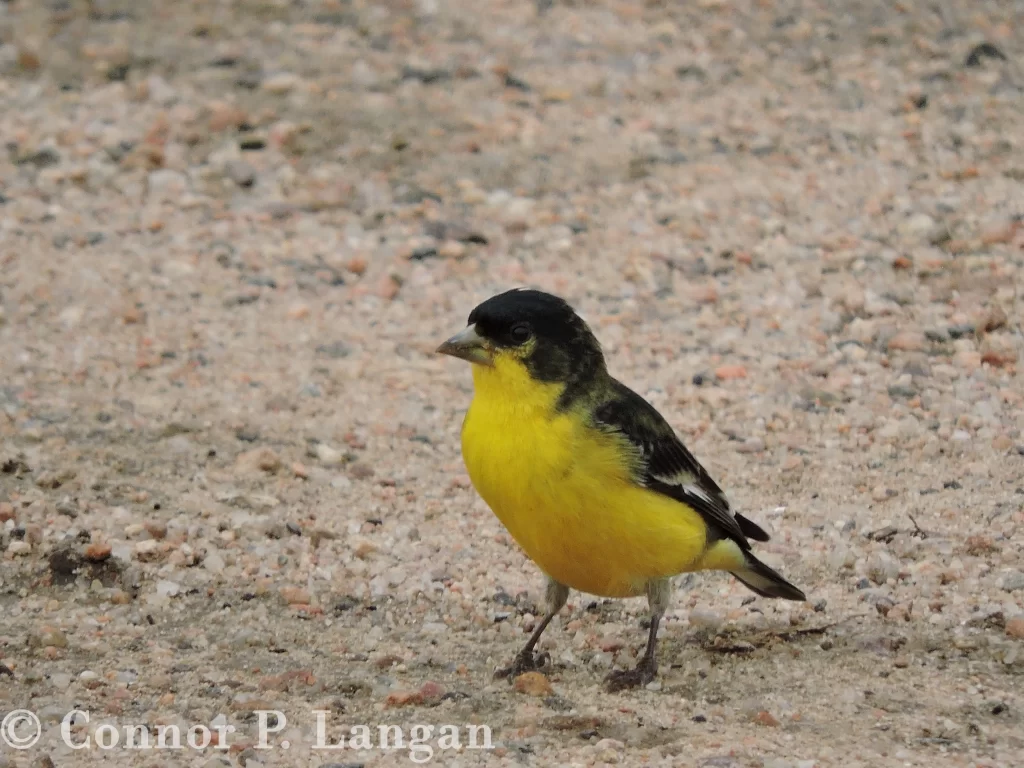
Lesser Goldfinches are the second-most numerous finches in Texas, being surprisingly more common than the similar American Goldfinch. According to eBird data, there have been about 250,000 reports of Lesser Goldfinches within Texas.
Lesser Goldfinches excel in the arid foothills and slopes of western and central Texas. Indeed, their stronghold seems to be around Austin and San Antonio. Although they are common Central Texas finches, Lesser Goldfinches are quite rare in Eastern Texas. Finding one north of Houston and east of Dallas is notable.
Lesser Goldfinches seek semi-open habitats adjacent to water. Therefore, checking riparian corridors is a great place to start when searching for these types of finches in Texas. Although males are distinctive, females look very similar to American Goldfinches. Indeed, it can be difficult to separate a Lesser Goldfinch vs American Goldfinch.
Pine Siskin
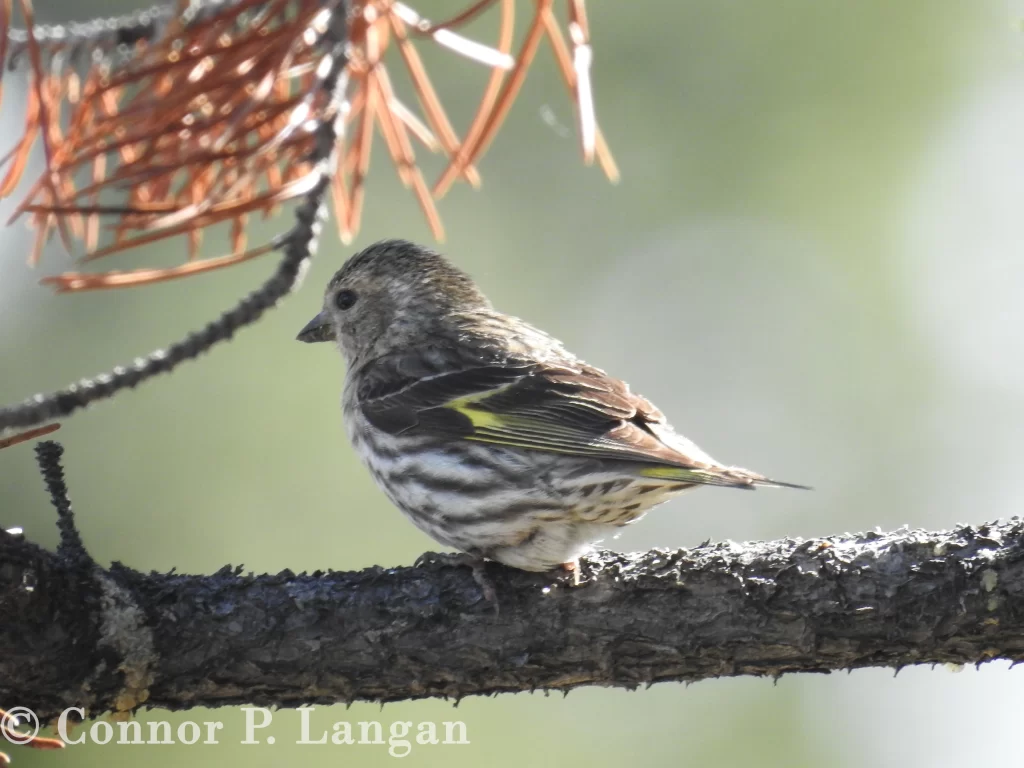
Pine Siskins are a regular winter finch in Texas throughout much of the state, however, most depart by June. Although most Pine Siskins depart from Texas in the spring, some breed in Texas in Western Texas in small numbers. Some of the breeding territories for Texas Pine Siskins include Big Bend National Park, the Guadalupe Mountains, and the Davis Mountains.
Pine Siskins are distinct with their conical bills and streaked greenish plumage. They are more scarce in southern Texas compared to other parts of the state, but they’re still regular South Texas finches. Birders may be able to attract them to their backyards with bird feeders or bird baths where they may congregate with species like bluebirds or other finches.
Although Pine Siskins prefer to forage in ecosystems with conifers, they are more flexible with their habitat requirements during winter and migration. Anywhere that supports seed-bearing plants may host Pine Siskins. Therefore, mountain ranges, foothills, parks, and even ditches can support Pine Siskins.
Purple Finch
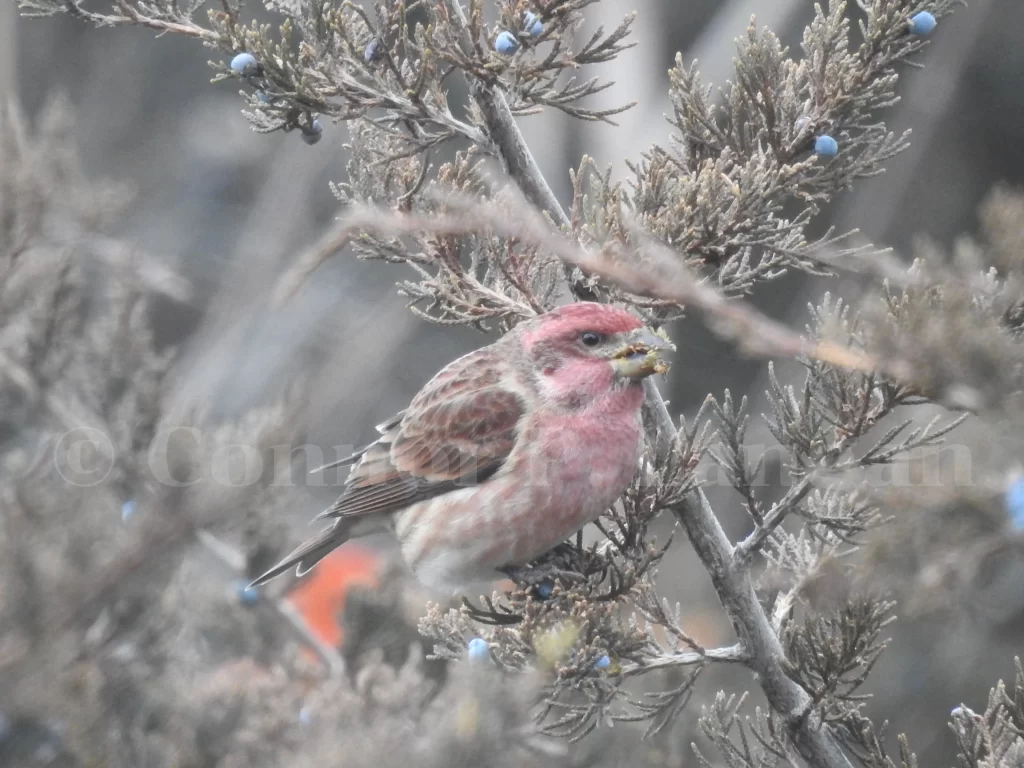
Purple Finches winter in Texas in modest numbers. These finches of Texas arrive in November and begin to migrate north in February or March, so they don’t often stay in Texas for more than four months of the year.
Purple Finches are expected in Eastern and Central Texas, but they’re usually absent from Southern Texas, Western Texas, and the Texas Panhandle. This Texas finch bird can sustain itself in a wide variety of habitats, and it is thought that they choose their regular locations based on what food is available rather than what habitat is present.
The best way to find a Purple Finch in Texas would be to simply put up a bird feeder and hope that one stops by. Otherwise, try checking areas that are rich in berry-producing shrubs, as Purple Finches love to eat a wide array of berries. Juniper thickets are also terrific places for Purple Finches, as they enjoy eating berries produced by these trees.
Red Crossbill
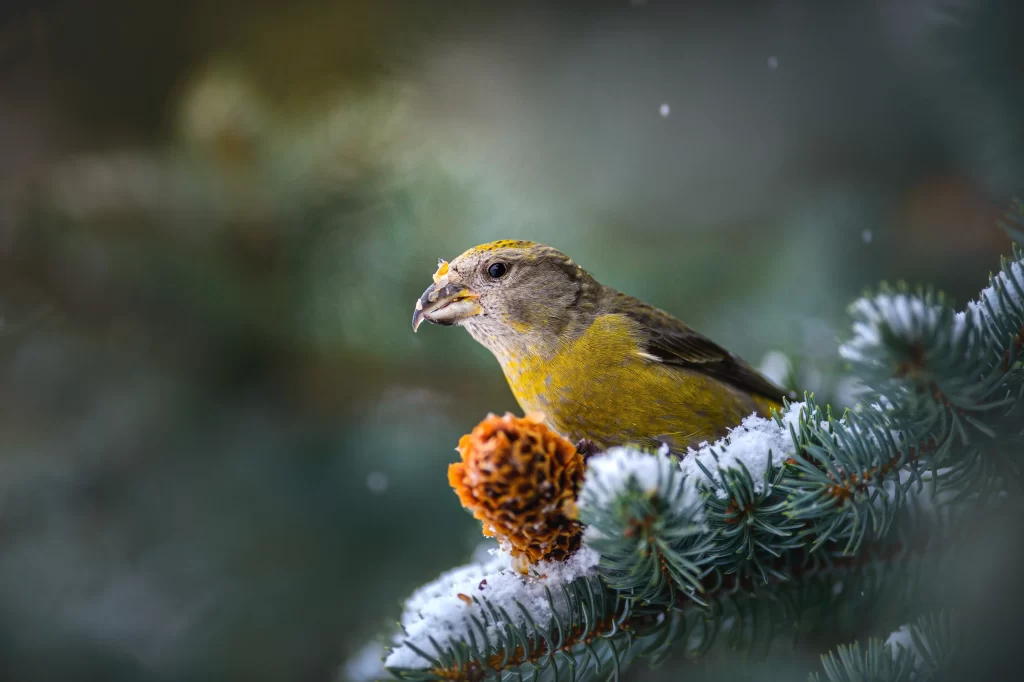
Red Crossbills are the rarest finches in Texas on this list, as there have only been about 1,200 reports of these unique finches within the Lone Star State as per eBird data. The best time to view these Texas finches would be during winter, although there are a few summer records from Guadalupe Mountains National Park and the Davis Mountains.
Some portions of Texas are far more likely to host Red Crossbills compared to other parts of the state. Like Golden Eagles, Red Crossbills are most common in West Texas and the Texas Panhandle. However, large cities such as San Antonio, Austin, and Dallas all have dozens of records of this species thanks to the many birders that patrol these areas.
Those in West Texas should look for Red Crossbills in the coniferous forests of the mountains. In other parts of the state, birders should check cemeteries for this species, as these locations are likely to yield the large, mature conifers that Red Crossbills love. These finches in Texas are certainly social, and they’re often found in vocal flocks.

